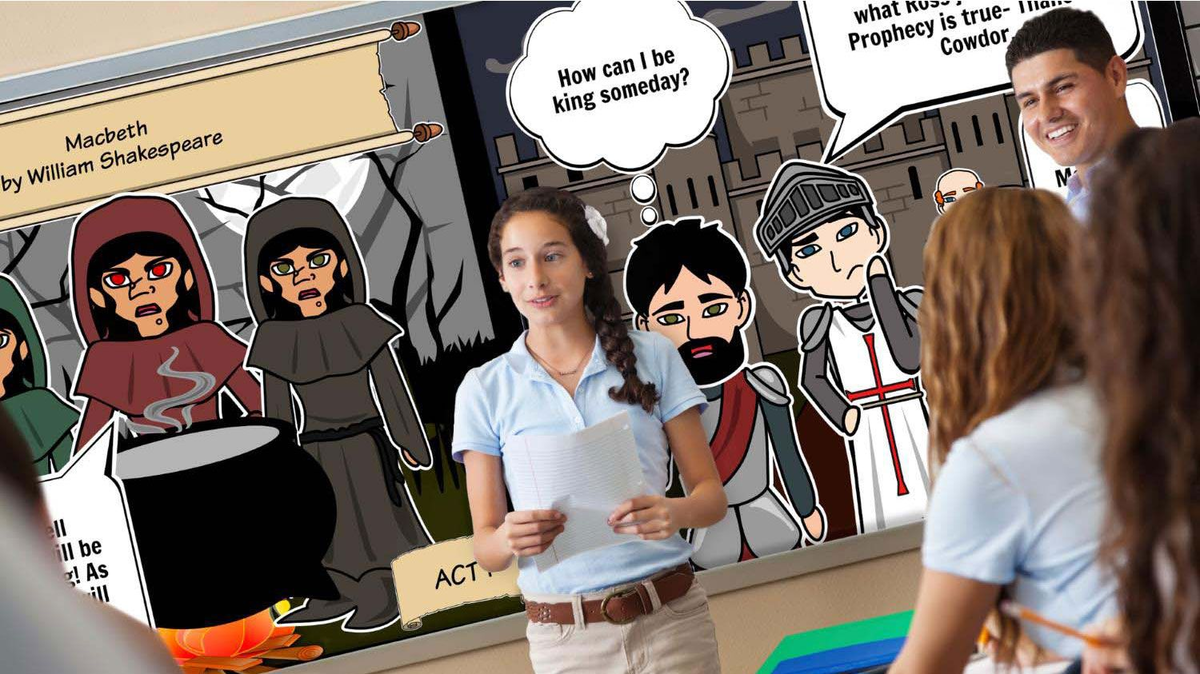Education is evolving, and digital storytelling is at the heart of this transformation. Google Web Stories, a visually rich, engaging content format, provides educators and students with immersive learning experiences. In this guide, we’ll explore how Web Stories can enhance education, improve learning outcomes, and boost engagement in classrooms and online platforms.
Why Web Stories Matter in Education

In today’s fast-paced world, attention spans are shorter than ever, especially among students. Traditional teaching methods struggle to keep learners engaged. This is where Google Web Stories come into play.
Web Stories offer:
- Bite-sized content that keeps students focused.
- Interactive elements like quizzes, polls, and videos.
- Visual storytelling that simplifies complex topics.
How to Create Effective Educational Web Stories
Creating impactful Web Stories for education requires a mix of creativity and structure. Here’s how to do it right:
- Use High-Quality Visuals: Incorporate images and videos that represent your topic clearly.
- Keep Text Minimal: Use bullet points and short phrases to convey key ideas quickly.
- Incorporate Interactive Elements: Add quizzes, polls, or “tap to explore” features for better engagement.
- Follow a Narrative Structure: Start with a hook, introduce the topic, and end with a compelling conclusion.
- Ensure Accessibility: Add descriptive alt text and captions to enhance inclusivity.

SEO Optimization for Educational Web Stories
To ensure your Web Stories are discoverable on Google, follow these best practices:
Use Keywords Strategically: Incorporate phrases like interactive learning, digital storytelling, and Web Stories for education.
Add Descriptive Alt Text: Use clear, relevant descriptions for all images. Example: “Teacher explaining storytelling techniques to students.”
Focus on Speed: Use AMP-compliant frameworks to ensure fast loading times.
Optimize for Mobile: Design in a vertical, 9:16 format.
Conclusion:
Web Stories are not just for entertainment—they’re reshaping how we educate and learn. By integrating interactive storytelling into lessons, educators can create engaging, impactful experiences that resonate with today’s learners. Start using Web Stories in your teaching strategy to transform education and inspire students worldwide.



